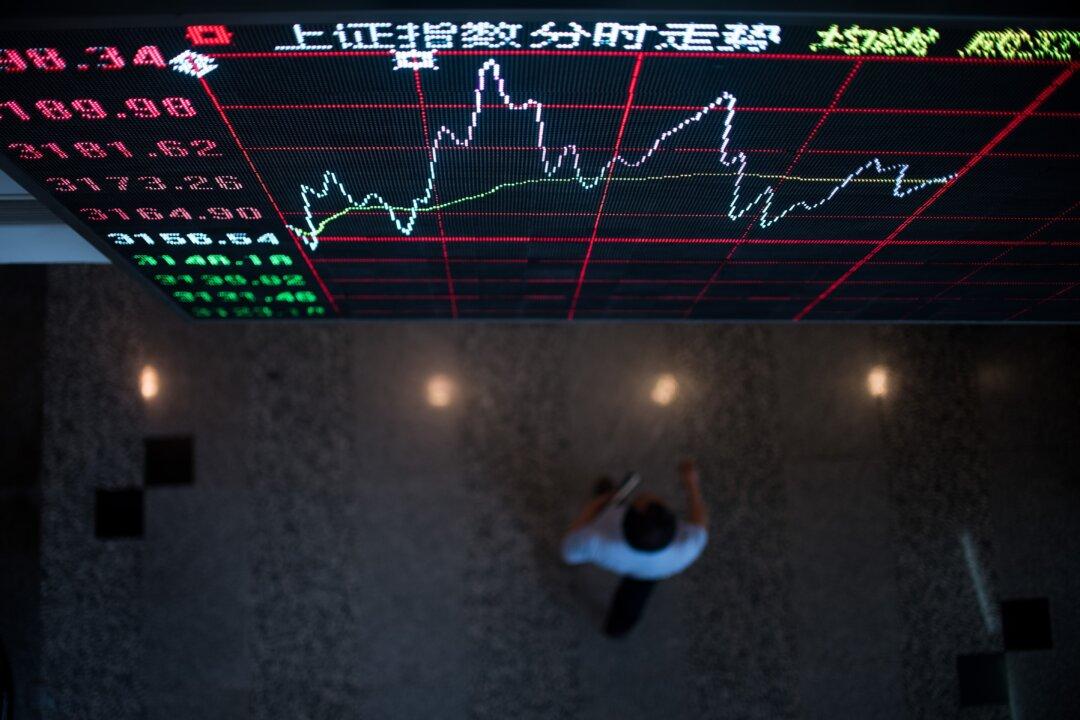According to China’s latest GDP report, everything seemed to be just fine with the Chinese economy. After all, GDP is still growing at 6.9 percent, much faster than in Europe or the United States.
So why did the People Bank of China (PBOC) cut rates on Friday for the sixth time in a year? Maybe because things aren’t that great after all. In fact, the latest cuts of 0.25 percent in the benchmark bank lending rate (down to 4.35 percent, a record low) and deposit rate (down to 1.5 percent) confirm a monetary easing campaign not seen since the last financial crisis. Just a few more cuts and China will join Japan, Europe, and the United States in the zero interest rate club.
China is “getting more and more desperate” and “things are really bad there” said Vikas Gupta, executive vice president at Mumbai-based Arthveda Fund Management.
For good measure, China also lowered its required reserve ratio (the money banks need to stash at the central bank and cannot loan out) by 0.5 percent to 17.5 percent.
So why is this really bad? It’s a confirmation that growth is slowing down to less than the 6.9 percent advertised and that the much talked about transition to a consumer economy is not happening.
It is also bad because previous rate cuts didn’t have the intended effect. Last but not least, it proves that more capital is flowing out of the country and China needs to print money to offset the drain. Chinese and international investors could have pulled out as much as $850 billion until the end of September 2015.
So far, China has stabilized its exchange rate—under pressure from the capital outflows—by selling Treasurys. This actually has a deflationary, anti-growth effect on the economy.
“When they sell a Treasury, they sell a U.S. dollar, get renminbi back and it pulls that renminbi out of the economy,” said Evan Lorenz of Grant’s Interest Rate Observer. This is because the renminbi comes from the private market onto the PBOC’s balance sheet where it vanishes into monetary oblivion.





